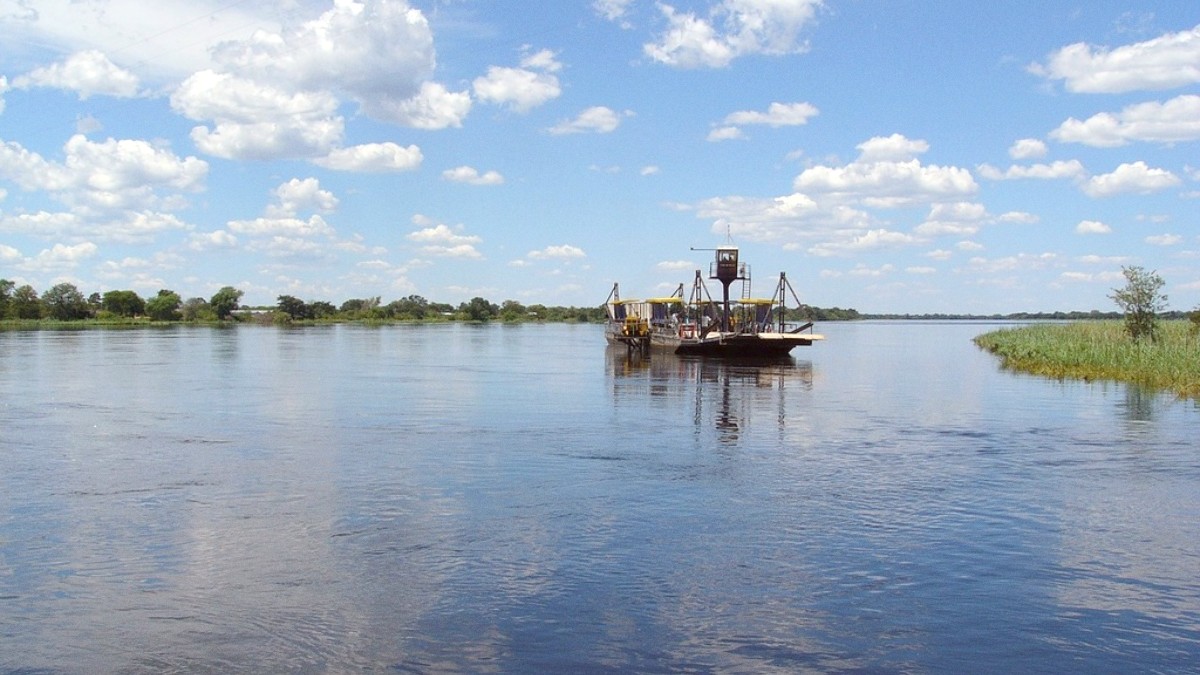
Botswana
Pack lightweight, breathable, long-sleeved shirts and long trousers. Choose neutral colors like khaki, olive green, brown, grey, or sand. These colors blend into the environment and protect your skin from intense sun and insect bites.
Lightweight, quick-drying clothing presents the best choice for hot, humid conditions. Shorts and t-shirts suit daytime wear. For evenings, long sleeves and trousers are still recommended for insect protection.
Sturdy, closed-toe Walking shoes or light hiking boots are a must for general camp movement and walks. They offer support and protection from thorns, dust, and insects.
Bring Comfortable sandals or flip-flops for relaxing in camp, walking around the lodge, and warm weather.
Always break in new footwear before your trip. This helps prevent blisters and discomfort during your safari activities.
Carry both original and digital copies of your documents.
Botswana uses Type D and Type G power sockets (230V at 50Hz). A Universal travel adapter is highly recommended. Mobile signal is generally non-existent in remote Delta camps.
Bring a DSLR or Mirrorless Camera with a good Telephoto lens (e.g., 100-400mm or 150-600mm) for detailed wildlife photos. A Wide-angle lens captures landscapes. B&H Photo has equipment.
Utilize cloud storage for photos and important documents. This creates an accessible backup.
Consider bringing a small Portable hard drive to offload photos, especially if taking many pictures.
Many safari operators and guides use WhatsApp for communication.
Packing a well-stocked Personal first aid kit and necessary health items helps address common travel ailments and minor injuries.
The African sun is intense. Use a Broad-spectrum sunscreen with high SPF (30+). EltaMD UV Clear Sunscreen SPF 46 is a good choice. Wear a Wide-brimmed hat and Sunglasses. Drink plenty of bottled or filtered water throughout the day. Safari camps provide water.
High-quality binoculars are useful for spotting distant wildlife and observing animal behavior.
For mokoro and boat safaris, a small dry bag or waterproof pouch protects your camera, phone, and other electronics from splashes or accidental drops into the water.
A comprehensive wildlife field guide for Southern Africa helps you identify the animals and birds you encounter.
An inflatable Neck pillow offers comfort for long flights. Eye masks and earplugs improve sleep. A good book or e-reader provides entertainment during downtime.
A Headlamp or small flashlight (Black Diamond Spot 400 Headlamp) leaves your hands free in dimly lit camps.
Refillable bottles minimize plastic waste.
Reduces paper consumption.
Harnesses renewable energy for small devices.
For purchases in Maun, decreasing plastic use.
Consider rolling your clothes or using vacuum-seal bags to save space. Always weigh your luggage before heading to the airport.
Prepare a small day bag with essentials for game drives, like water, camera, binoculars, and a hat.